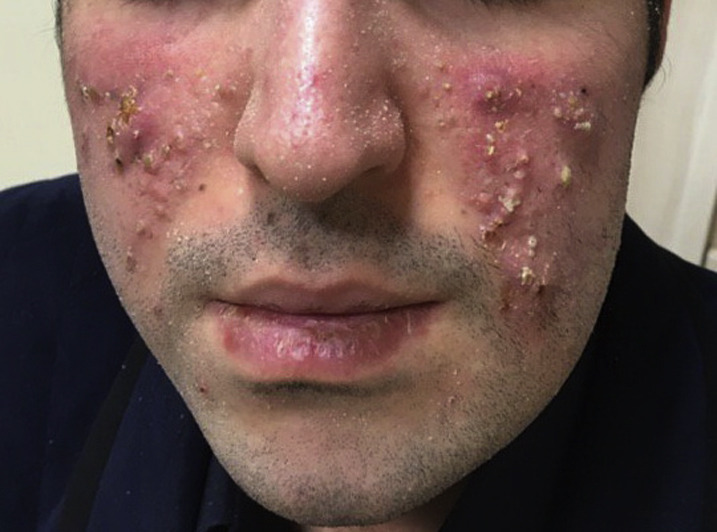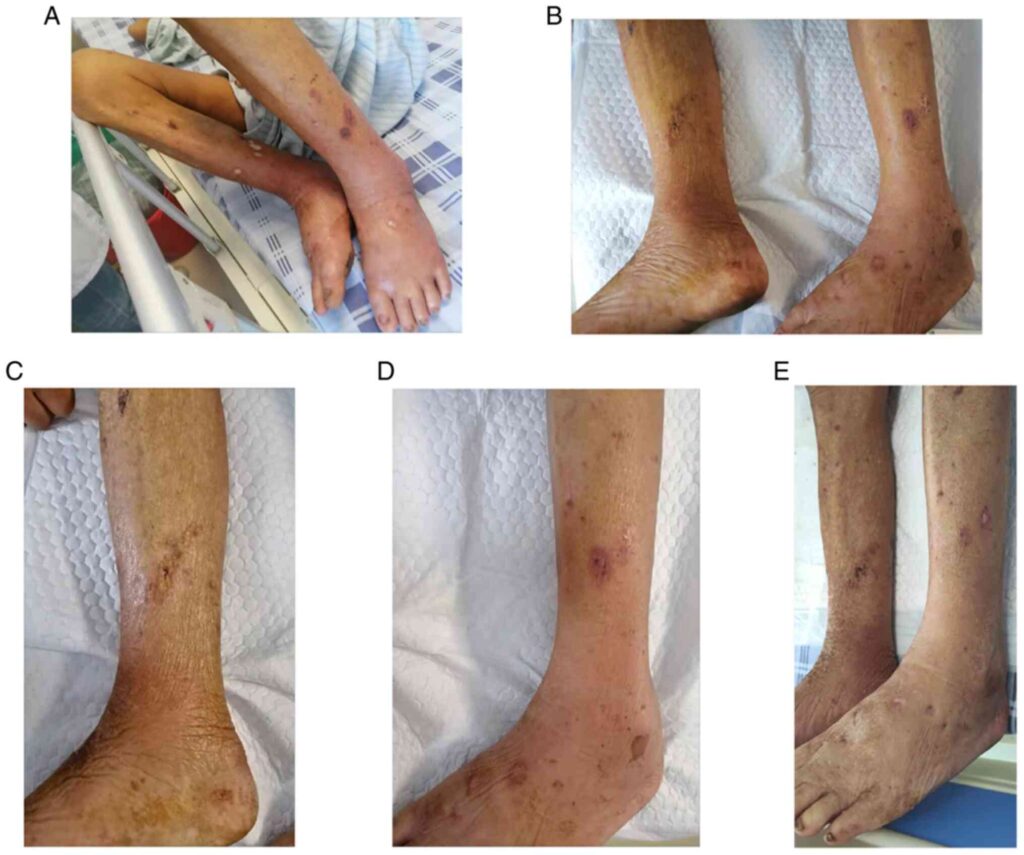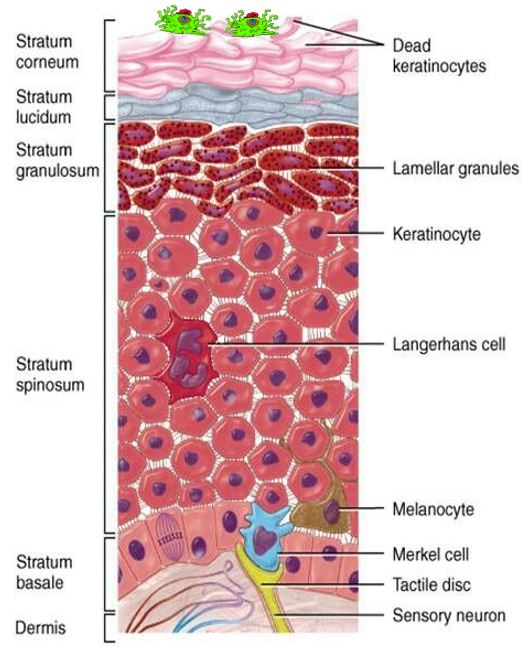Skin and Skin Structure Morganella morganii Infection
Morganella morganii is a facultative anaerobic, gram-negative bacillus belonging to the Enterobacteriaceae family. Though traditionally considered an opportunistic pathogen, it has emerged as a significant…









